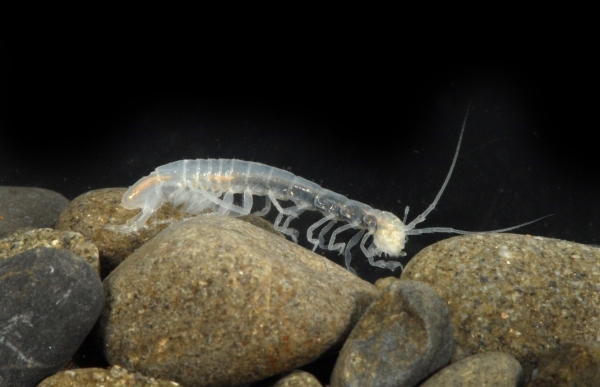What are phreatoicids and why are they important?
These endemic freshwater crustaceans are truly living fossils that originated in Gondwana at least 325 million years ago and have changed little morphologically since that time (they have been around at least 1.5 times longer than tuatara and 100 million years longer than wetas). As modern-day peculiarities occurring on the remnants of ancient Gondwana: Australia, New Zealand, South Africa and India (but not South America), they are a special element of New Zealand’s fauna.
Currently, just nine species of phreatoicids belonging to three genera, all endemic and restricted to freshwater habitats, are known from New Zealand. We know very little about abundances, distributions, and ecologies, with few reported sightings of these animals since first discovered more than 60-100 years ago. There are almost certainly several new, undescribed species in New Zealand.
Purpose of this study
Because we know so little about these peculiar beasts and because human pressures on their habitats are likely to be increasing, an assessment their conservation status is required to support better biodiversity management decisions. This project, funded by the Department of Conservation’s TFBIS programme, is attempting to do this for New Zealand’s phreatoicids.
We have collated all available records of phreatoicids and searched the known distribution ranges of each species, gathering detailed information on location, habitat, other species, land-use and vegetation. From this, we produced a field guide to collecting phreatoicids, so that you and other field workers (DoC staff, unitary authorities, universities, research organisations, Fish & Game officers) can assist in collecting at diverse locations to build a more comprehensive understanding of their diversity, distribution and conservation status.
How you can help
Your help in searching for and collecting phreatoicids can make a significant contribution to our knowledge of this fascinating, ancient group of native crustaceans and to knowledge of their conservation status. Please use the field guide and send us records of your searching, along with any specimens that you find.
Field guide to New Zealand phreatoicid isopods (PDF 14.2 MB)

